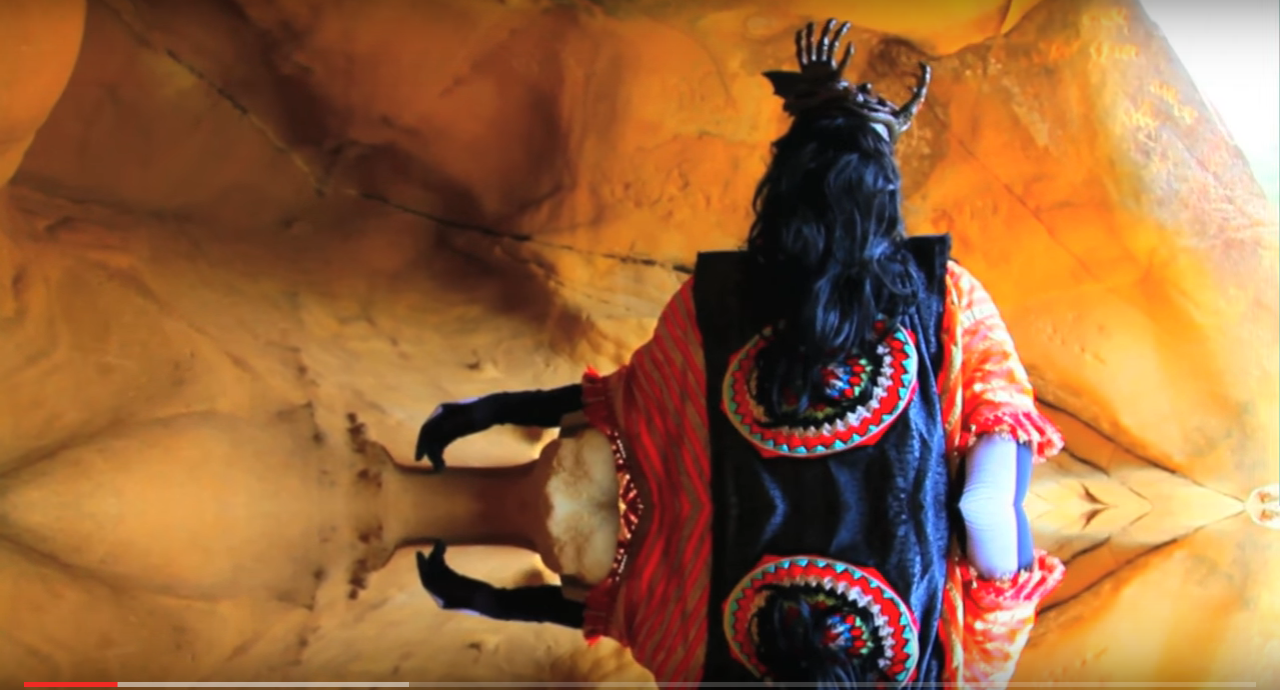“Making Mirrors”, a title appropriated from alternative vocalist Gotye’s third album, is a work that aims to explore the digital identity of the smartphone and how it mirrors the user. By manipulating and repurposing particular forms of language the artist uses to digitally communicate through smartphone (i.e. text lingo, emoticon and emoji usage, and professional email jargon), the artist creates a unique voice specifically from her iPhone. Using this voice, she postulates how the iPhone would communicate if it had sentience, allowing the iPhone to present its ideas in a mock manifesto format. The artist is creating an impression of the iPhone, which is creating an impression of the artist. In doing so, the artist makes a mirror that reflects itself; becoming less and less like the original the more it reflects.
(The artist is also poking fun at Seth Price, just for kicks.)
Within Jesse Darling’s essay “Arcades, Mall Rats, and Tumblr Thugs”, she describes the evolution (or what she argues, the deterioration) of the world wide web user, moving from the “halcyon years” of over exuberant web excavators and navigators to the uber jaded avatar using “Tumblr Thug”. The explorers of the new frontier morphed to the always connected filter feeders who pick and take information from “miles of junkspace”. The “Tumblr Thug” is simultaneously over-fed and under-nourished by this junkspace, remaining seamlessly connected in order to be satiated by the insatiable. In the wake of the “Tumblr Thug” becoming everyone, Darling laments this displacing transformation, stating that cognitions and identity have become digitized in the wake of the zero boundary seamlessness. She further observes that Descartes’ philosophical musing “I think therefore I am” has become the inherently digital, morphing to “iThink therefore I am”. “iThink therefore I am” accommodates the new reality of the ubiquitous ultra connected smartphone carrying user, particularly the “i”phone user. How one thinks, reacts, articulates, and expresses is inherently digital; records of thought can be traced and coded based on the user. Their identities are not singular, but can be mirrored by a smartphone that only requires a four digit passcode to access.
This concept of “mirroring” is continued in an essay concerning post-internet art by Domenico Quaranta. Entitled “Internet State of Mind: Where Can Medium Specificity be Found in Digital Art?”, the essay begins with an admission that art inextricably operates within a digital paradigm; the internet is an essential component of the neo “Tumblr Thugs” life. Quaranta references the digital reality as an “online mirror”, a net reality that has “changed to the point where the real and the digital have merged into a single thing”. The reflection from the online mirror has become the object of reflection; the consumer has become what it consumes. This notion has several implications, particularly in the context the smartphone, as it suggests that it has developed from an object to an extension of the self. The relationship is simultaneous and symbiotic. The user not only “thinks” through the smartphone, but the smartphone “thinks” for the user. If it thinks, it therefore is.
:::
 Jessica Mairena is a mixed media artist who currently attends the University of Richmond. Her work primarily focuses on the exploratory integration of conceptual texts, painting, and sculpture.
Jessica Mairena is a mixed media artist who currently attends the University of Richmond. Her work primarily focuses on the exploratory integration of conceptual texts, painting, and sculpture.











